Keywords: organelles, fluorescent protein, subcellular localization, promoter analysis, visual marker
Citation: Hu G-Y, Ma J-Y, Li F, Zhao J-R, Xu F-C, Yang W-W, Yuan M, Gao W and Long L (2022) Optimizing the Protein Fluorescence Reporting System for Somatic Embryogenesis Regeneration Screening and Visual Labeling of Functional Genes in Cotton. Front. Plant Sci. 12:825212. https://doi.org/10.3389/fpls.2021.825212
Published: 07 January 2022.
ORIGINAL RESEARCH article
Abstract
Protein fluorescence reporting systems are of crucial importance to in-depth life science research, providing systematic labeling tools for visualization of microscopic biological activities in vivo and revolutionizing basic research. Cotton somatic cell regeneration efficiency is low, causing difficulty in cotton transformation. It is conducive to screening transgenic somatic embryo using the fluorescence reporting system.
However, available fluorescence labeling systems in cotton are currently limited. Too ptimize the fluorescence reporting system of cotton with an expanded range of available fluorescent proteins, we selected 11 fluorescent proteins covering red, green,yellow, and cyan fluorescence colors and expressed them in cotton. Besides mRuby2 and G3GFP, the other nine fluorescent proteins (mCherry, tdTomato, sfGFP, Clover, EYFP, YPet, mVenus, mCerulean, and ECFP) were stably and intensely expressed in transgenic callus and embryo, and inherited in different cotton organs derive from the screened embryo. In addition, transgenic cotton expressing tdTomato appears pink under white light, not only for callus and embryo tissues but also various organs of mature plants, providing a visual marker in the cotton genetic transformation process, accelerating the evaluation of transgenic events. Further, we constructed transgenic cotton expressing mCherry-labeled organelle markers in vivo that cover seven specific subcellular compartments: plasma membrane, endoplasmic reticulum, tonoplast, mitochondrion, plastid, Golgi apparatus, and peroxisome. We also provide a simple and highly efficient strategy to quickly determine the subcellular localization of uncharacterized proteins in cotton cells using organelle markers. Lastly, we built the first cotton stomatal fluorescence reporting system using stomata-specific expression promoters (ProKST1, ProGbSLSP, and ProGC1) to drive Clover expression. The optimized fluorescence labeling system for transgenic somatic embryo screening and functional gene labeling in this study offers the potential to accelerating somatic cell regeneration efficiency and the in vivo monitoring of diverse cellular processes in cotton.
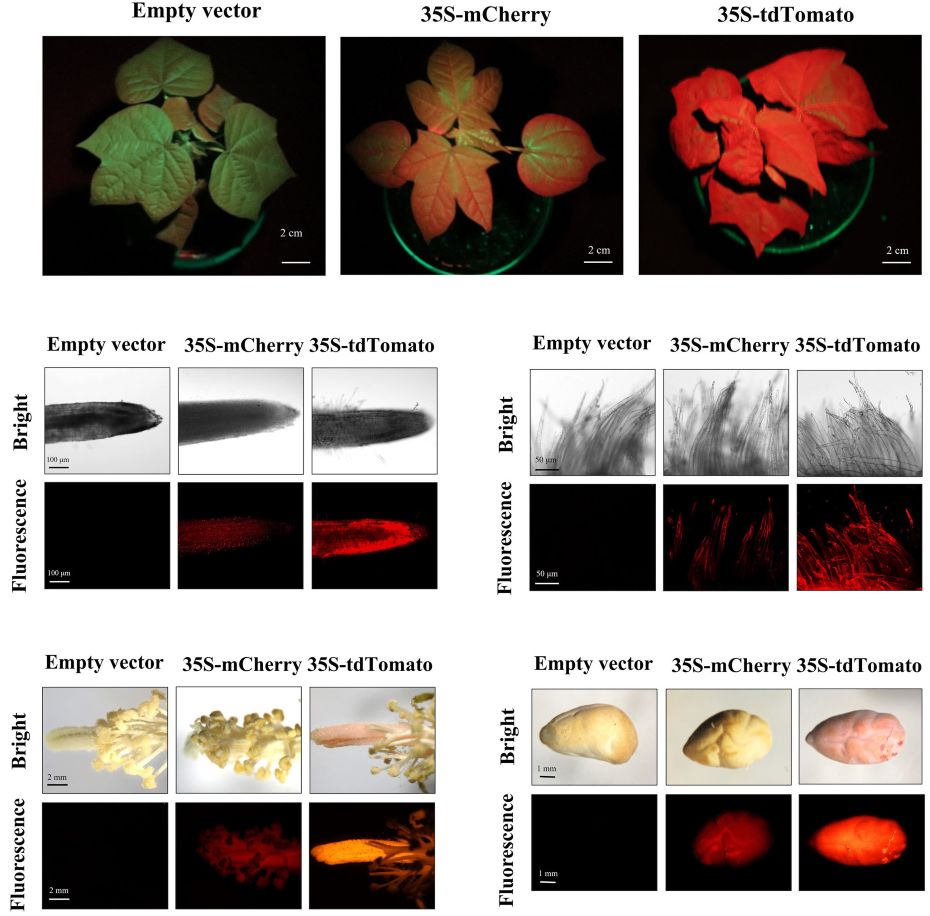
FIGURE 1 | Red fluorescent protein (RFP) fluorescence in different tissues/organs of transgenic regenerated T0 plants. (A) Transgenic cotton plants expressing RFP during vegetative growth showed red fluorescence in their whole aerial portions under excitation spectra; scale bar, 2 cm. (B–E) The root (scale bar, 100 mm), fiber (scale bar, 50 mm), stamen/pistil (scale bar, 2 mm), and seed (scale bar, 1 mm) of transgenic regenerated cotton plants expressing empty vector and RFP under white light (bright) and excitation light (fluorescence).
Fluorescence Observation
The fluorescence in embryonic callus, stamen, pistil, leaf, and seed tissues of transgenic cotton or tobacco epidermal cells was observed with a zoom-stereo microscope (OLYMPUS, Tokyo, Japan). The fluorescence in protoplast, stomatal cell, fiber, leaf epidermal cell, and root samples of transgenic cotton was observed with a confocal electron microscopy (Nikon, Tokyo,Japan). Transgenic samples larger than 2 cm2 were observed using a Hand-held LUYOR-3415RG fluorescent protein lamp (LUYOR, Shanghai, China), and images were captured using an EOS 800D camera (Canon, Beijing, China) with a fluorescent filter set (LUYOR) for green and red fluorescence observation. Green or yellow fluorescence was observed with a filter set for excitation at 488 nm and emission at 500–550 nm; red fluorescence was observed with a filter set for excitation at 561 nm and emission at 570–620 nm; cyan fluorescence was observed with a filter set for excitation at 405 nm and emission at 425– 475 nm.
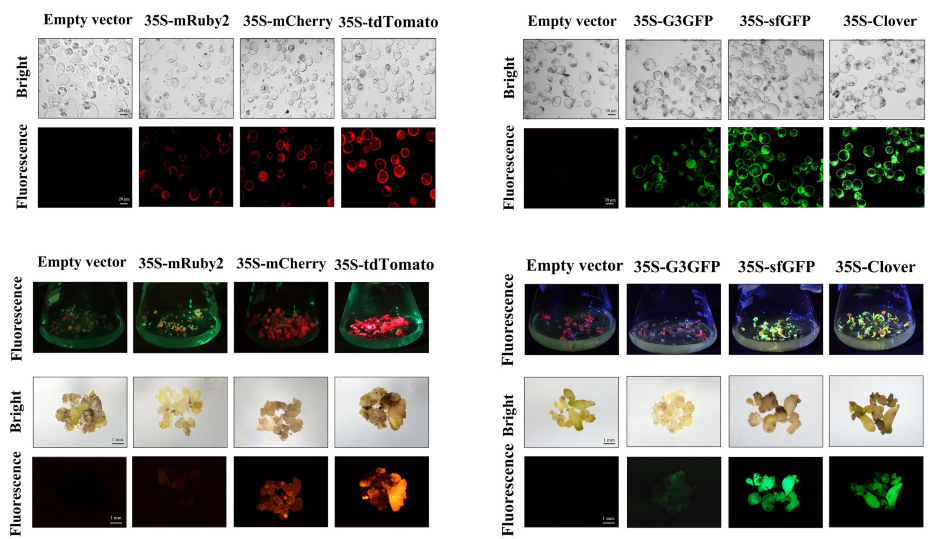
FIGURE 2 | Stable expression of red and green fluorescent proteins (RFPs and GFPs, respectively) in cotton callus and embryo tissues. The protoplast of transgenic callus expression empty vector, RFP (A) and GFP (B) under white light (bright) and excitation light (fluorescence); scale bar, 20 mm. The transgenic embryo expression empty vector, RFP (C), and GFP (D) under white light (bright) and excitation light (fluorescence); scale bar, 1 mm. RFPs: mRuby2, mCherry and tdTomato; GFPs: G3GFP, sfGFP and Clover.
Fluorescent Protein Lamp LUYOR-3415RG: http://www.luyorgroup.com/Fluorescent-Protein-light-sources/LUYOR-3415RG.html


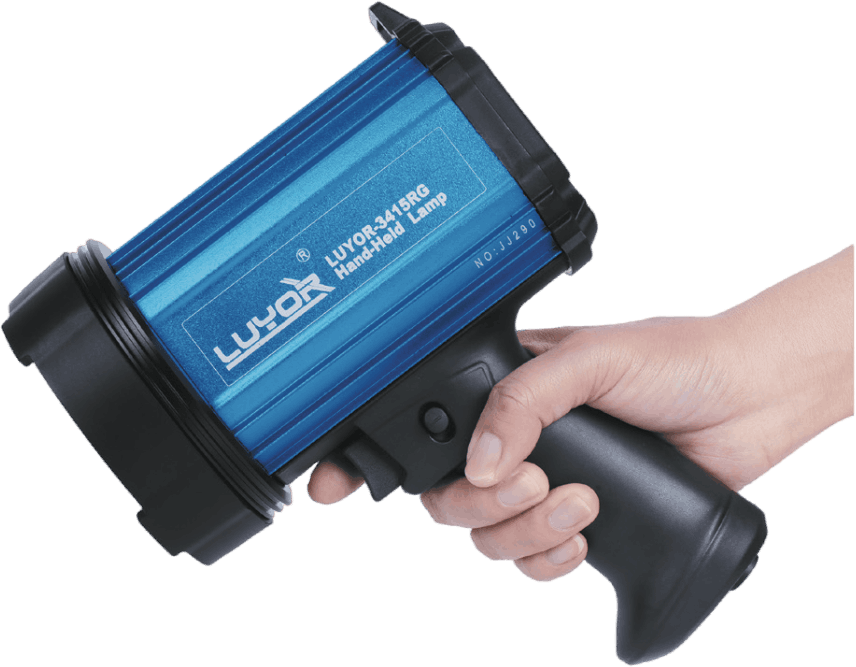
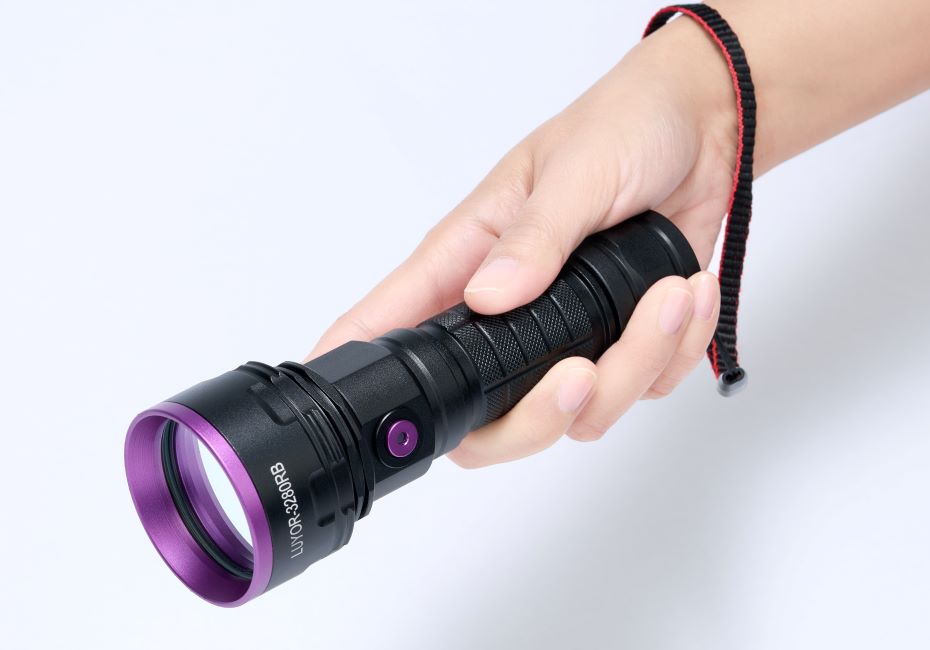
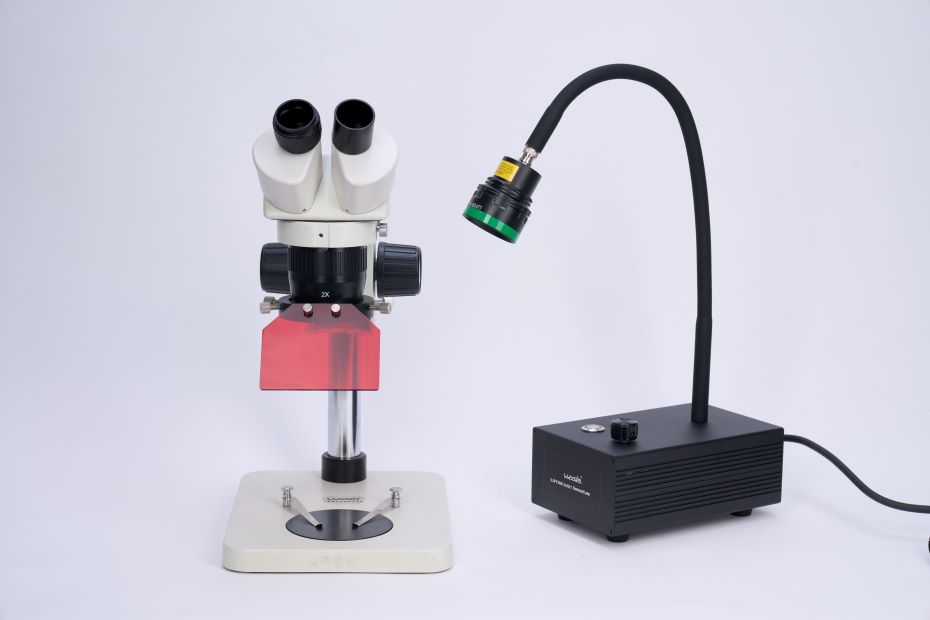
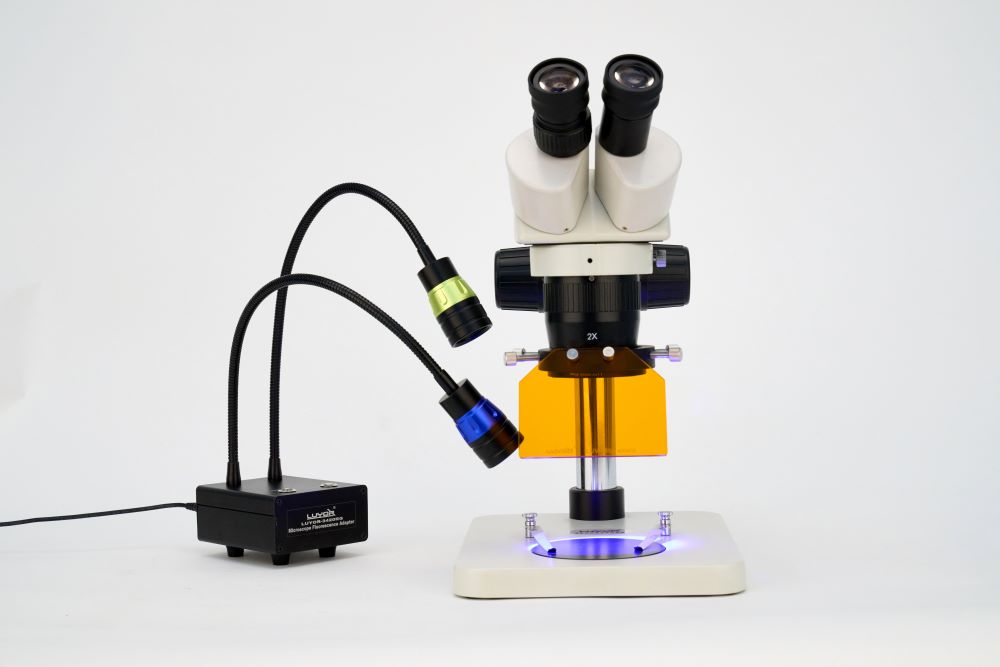
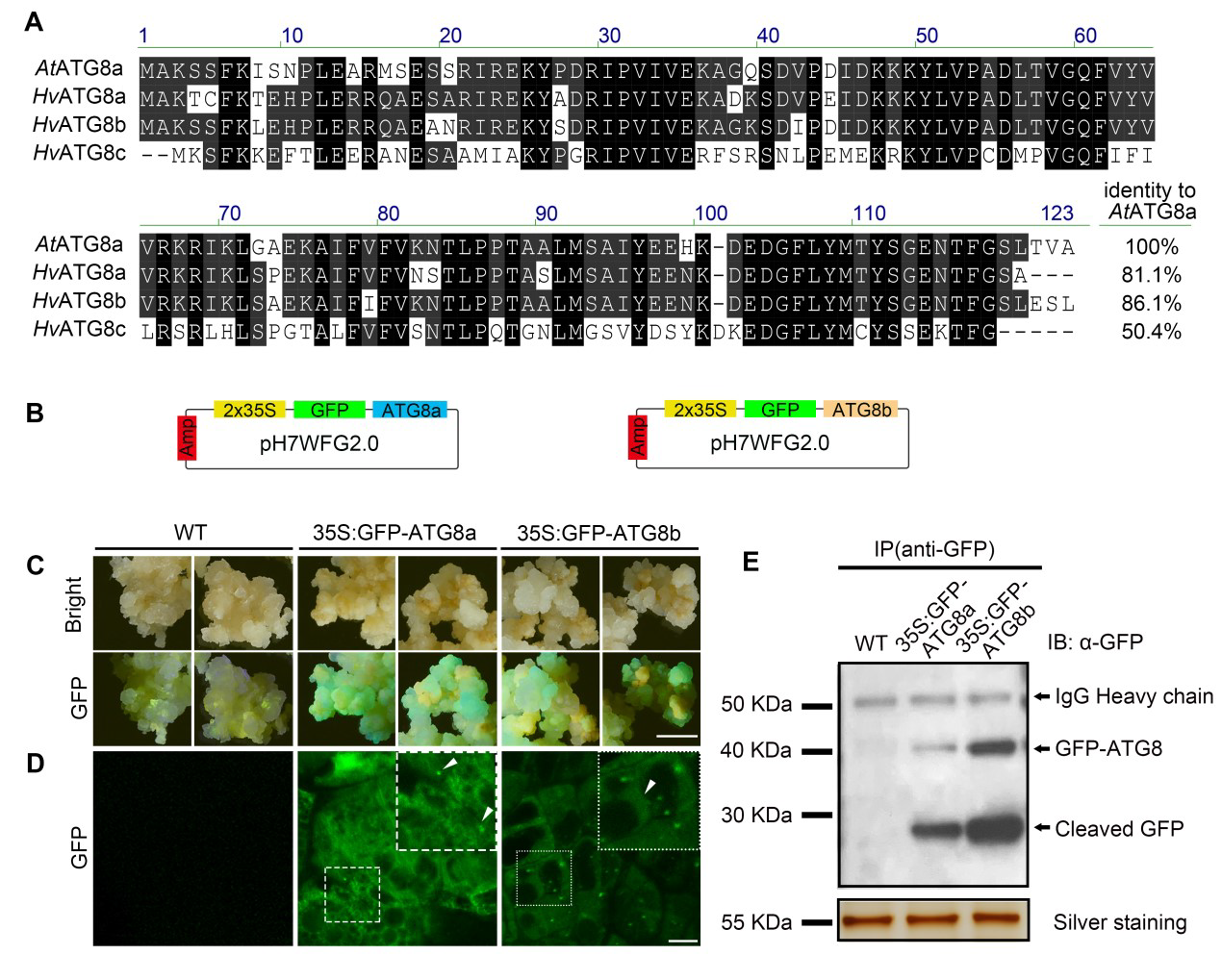
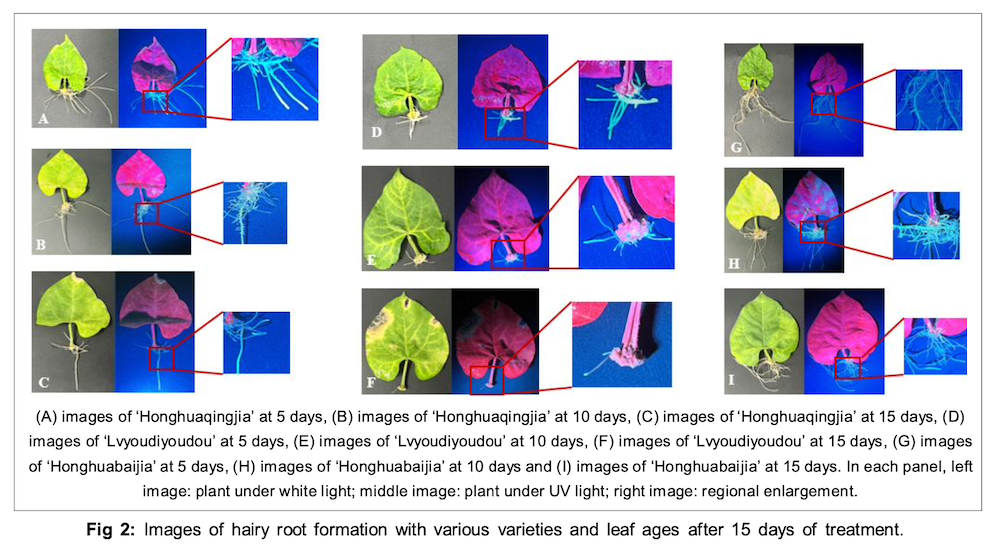
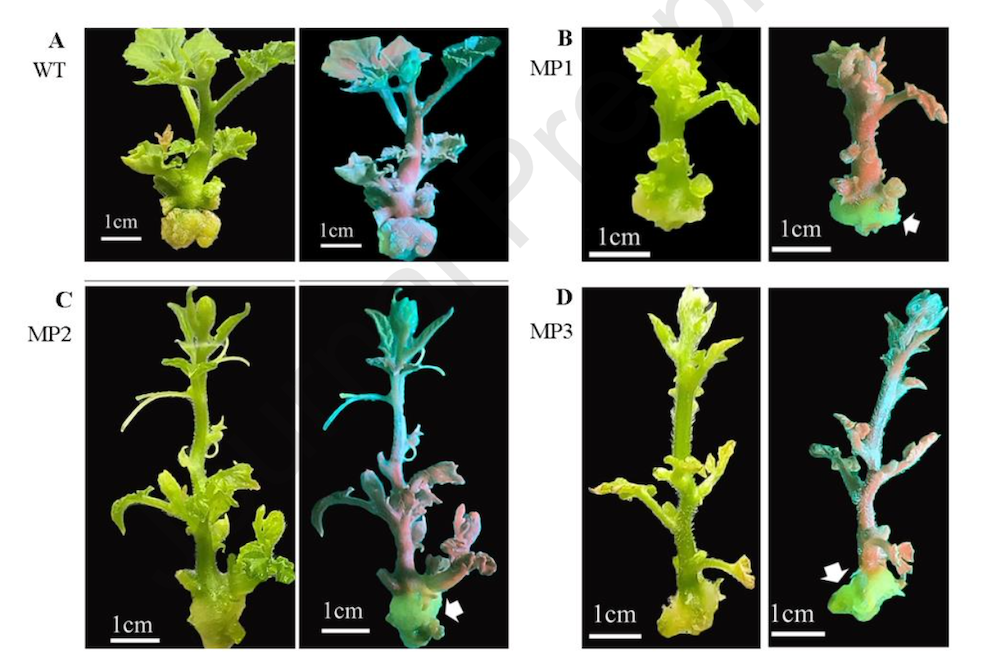

 Follow Me
Follow Me